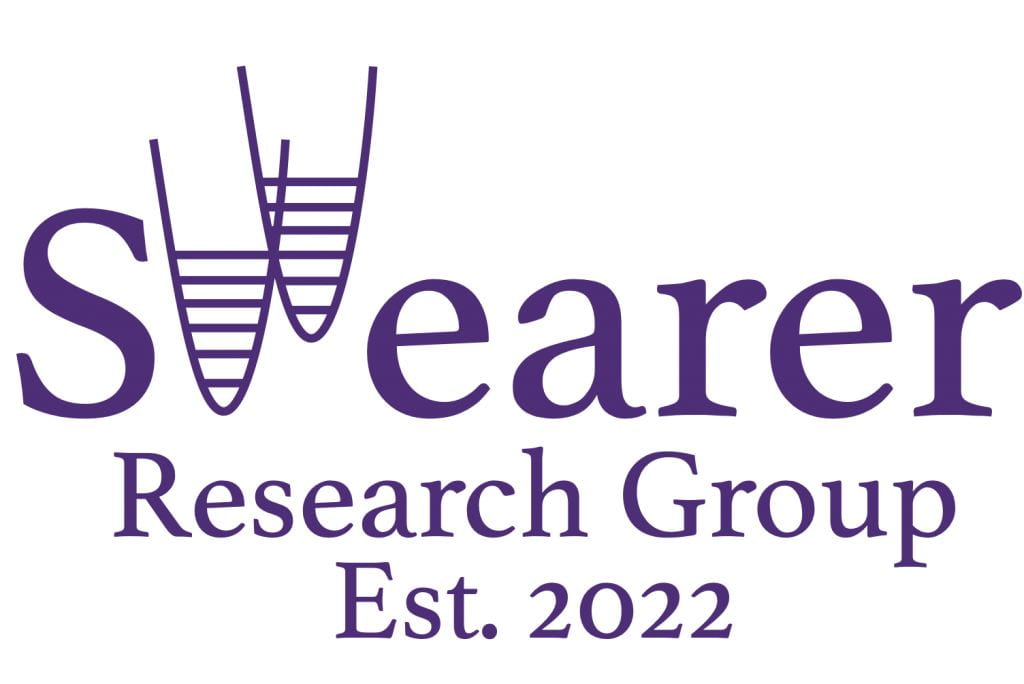Dielectric Resonators:
Tunable Antennas for Energy Transfer and Sensing
Conventional photocatalysis has largely focused on plasmonic nanoparticles, yet dielectric materials present exciting opportunities to enhance photochemical processes through optical resonances. Dielectric nanostructures like Si and TiO₂ support low-loss Mie resonances that improve light confinement, absorption, and energy transfer — all crucial for photocatalysis. Unlike plasmonic materials, which rely on free-electron oscillations, Mie resonances generate strong, localized electromagnetic multipole modes that can be precisely tuned by adjusting the nanostructure’s size and shape. This tunability makes dielectric nanostructures a powerful platform for controlling light-matter interactions and improving photon utilization.
Our team leverages Finite-Difference Time Domain (FDTD) modeling and precise nanofabrication to develop Mie-resonant nanoparticles. We have previously demonstrated that Mie-resonant nanoparticles exhibiting broadband multipolar scattering enhance photochemistry, demonstrating how engineered optical resonances can amplify catalytic activity.



Building on this work, we have expanded to large-area metasurfaces, where precise control over nanoresonator size and spacing enables tailored scattering strength and localized electromagnetic fields. Our Mie-resonant Si metasurfaces demonstrate enhanced light confinement and energy transfer, with promising applications in catalysis and sensing across the electromagnetic spectrum.
Contact Us
Address
2145 Sheridan Road
Catalysis Center 217
Northwestern University
Evanston, IL 60208
Follow Us
Please keep up to date with our latest research efforts by following us on Twitter, Instagram, and YouTube.
Get in Touch
For any inquiries about our work please direct emails to Prof. Dayne Swearer
dayne.swearer [at] northwestern [dot] edu
